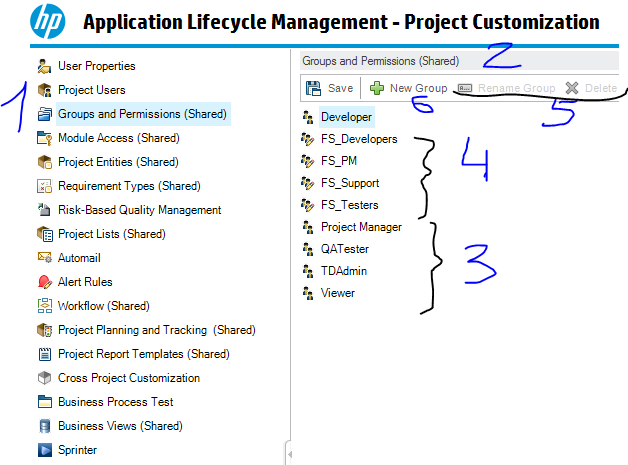
- HP ALM UFT TUTORIAL SERIAL
- HP ALM UFT TUTORIAL MANUAL
- HP ALM UFT TUTORIAL LICENSE
- HP ALM UFT TUTORIAL WINDOWS
HP ALM UFT TUTORIAL MANUAL
The typical BPT automation process involves the following stages.īusiness Components and folders are identified by specific icons in the Component tree mentioned below-įolder: used to classify your Components in the logical segregation.Ĭomponent Request Folder: Manual testers or SME's place their Components which they want to get it automated. Even you can run the BPT's parallel in the different machines using this module. Test Lab module: Enables us to execute the Business process tests and view the results. Test Plan module: This is the module where you drag and drop the Components in some logical order to prepare BPT's which will forms one test scenario, and you can debug the Components. QTP: Enable the option 'Allow other HP products to run tests and Components'.
HP ALM UFT TUTORIAL LICENSE
You need to buy a separate license for it.

Manual / Automation testers will arrange those automated Components in a sequence to form the BPT, which becomes a test scenario.īPT defines different roles, performed by various resources. Manual testers design the manual Component for the required functionality, which is automated by the automation tester.

Usually, automation tester does not have good application knowledge, and he tends to the develop inefficient scriptsīPT overcomes the above challenges with a standardized framework where it involves the SME's / Manual testers as a part of automation development and defines a standard process of developing BPTs.There is a chance of huge maintenance effort without an intelligent framework.Lack of standards in automation development.There is no role for the manual testers in the automation process.Lack of co-ordination between manual testers / Subject matter experts and automation testers.There are some challenges with traditional automation mentioned below:

The Flow can be called directly instead of calling each Component separately. Instead of adding the same Components in each and every BPT, you can create a Flow of Business Components.
HP ALM UFT TUTORIAL SERIAL
It is a logical entity, which you cannot see the physical existence in a file system.īusiness Process Test: A scenario comprising a serial flow of Business Components, designed to test a specific Business process of an application.įlow: At times, you need to use the similar Components in the same order in multiple BPTs. Resources include a shared object repository reusable functional libraries…etc. It is similar to VBScript function and QTP action but designed to use in BPT framework.Īpplication Area: It is a repository, containing all the resources, required to develop the Business Components.

HP ALM UFT TUTORIAL WINDOWS
ALM Create Xml in QTP Database Automation DB Automation Dotnet Factory in QTP Excel Automation Excel Search Files and Folders in QTP/UFT Filesystemobject Fso Object Functions sample Codes HP ISTQB ISTQB Question Paper ISTQB Questions Manual Testing QC QTP Quality Center Selenium Test Automation Tips & Tricks UFT UFT-Tutorials VB Script Web Automation Web based Functions Windows Automation WIndows based Functions Xml Automation Recommended Posts


 0 kommentar(er)
0 kommentar(er)
